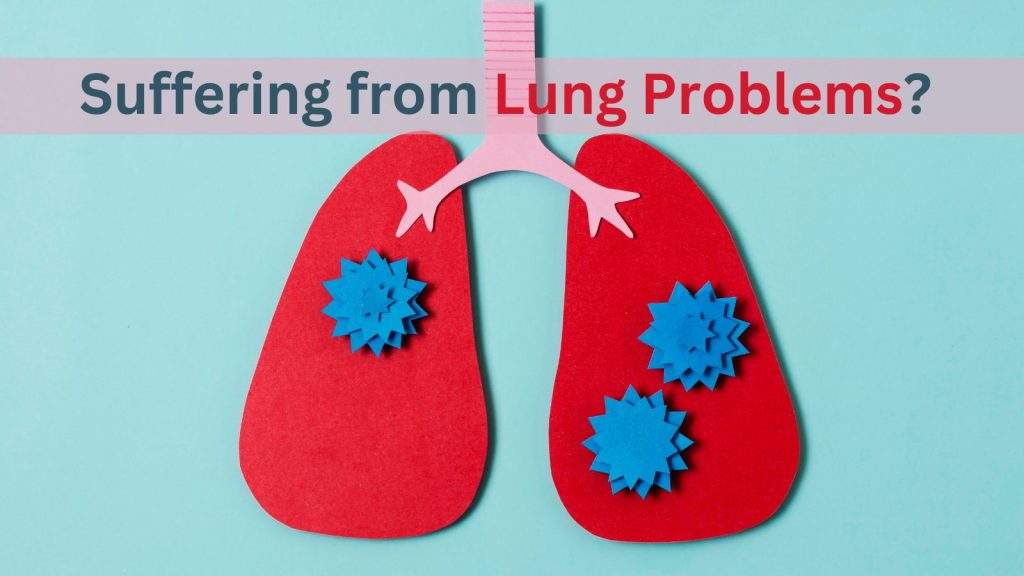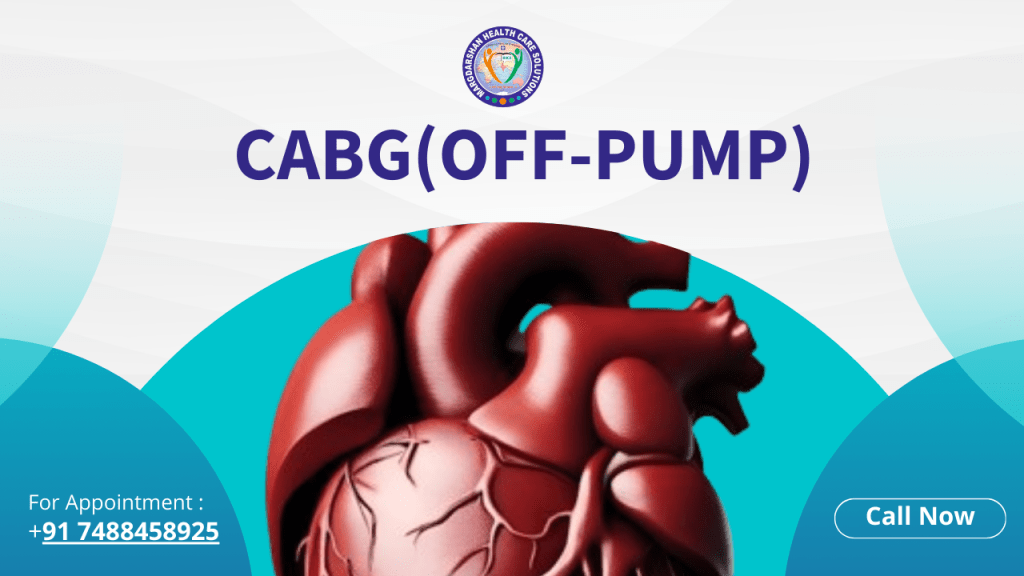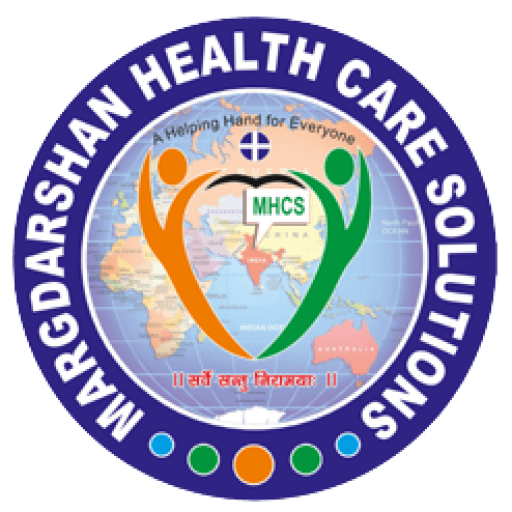
How many people suffer from Lung Disease?
it was estimated that about 37 million people in India suffer from the chronic obstructive pulmonary disease (COPD), which is a common lung disease. Additionally, there are many other types of lung diseases that affect people in India, such as asthma, tuberculosis, and lung cancer. The exact number of people affected by these diseases is difficult to determine as it varies based on factors such as age, gender, lifestyle, and environmental factors. It’s important to note that these numbers may have changed since my knowledge cutoff date, and it’s best to consult with up-to-date sources for the latest statistics.
Different types of Lung Disease:
There are many different types of lung disease, including:
Asthma: A condition where the airways become inflamed and narrowed, making it difficult to breathe.
Chronic obstructive pulmonary disease (COPD): A group of lung diseases that includes emphysema and chronic bronchitis. COPD is typically caused by long-term exposure to irritants such as cigarette smoke or air pollution.
Bronchitis: Inflammation of the bronchial tubes, which carry air to and from the lungs. It can be acute or chronic.
Emphysema: A condition where the air sacs in the lungs are damaged, making it difficult to breathe.
Pneumonia: An infection of the lungs caused by bacteria, viruses, or fungi.
Tuberculosis (TB): An infectious disease caused by the bacterium Mycobacterium tuberculosis, which primarily affects the lungs but can also affect other parts of the body.
Lung cancer: A malignant tumor that grows in the lungs.
Pulmonary fibrosis: A condition where the lung tissue becomes scarred, making it difficult to breathe.
Pulmonary hypertension: A condition where the blood pressure in the pulmonary arteries (which carry blood from the heart to the lungs) is higher than normal, making it difficult for the heart to pump blood to the lungs.
These are just a few examples of the many different types of lung disease that can affect people. It’s important to note that some lung diseases can have similar symptoms, so it’s important to see a doctor for a proper diagnosis if you’re experiencing any respiratory issues.
Get up to 50% discount on Lung Surgery, Book now: 9330371619
Different types of Lung Surgery:
There are several different types of lung surgery, each designed to address different medical conditions affecting the lungs. Some common types of lung surgery include:
Lobectomy: A lobectomy involves removing one of the lobes of the lung. This procedure is typically performed to treat lung cancer or other conditions affecting one lobe of the lung.
Pneumonectomy: A pneumonectomy involves removing an entire lung. This procedure is typically performed to treat lung cancer or other conditions that affect an entire lung.
Wedge resection: A wedge resection involves removing a small wedge-shaped portion of the lung. This procedure is typically performed to remove a small tumor or lesion.
Segmentectomy: A segmentectomy involves removing a larger portion of the lung than a wedge resection, but not as much as a lobectomy. This procedure is typically performed to treat lung cancer or other conditions affecting a specific segment of the lung.
Pleurectomy: A pleurectomy involves removing the pleura, which is the lining around the lungs. This procedure may be performed to treat conditions such as mesothelioma or to manage the symptoms of pleural effusion (the build-up of fluid around the lungs).
Thoracotomy: A thoracotomy is a surgical procedure that involves making an incision in the chest to access the lungs. This procedure may be performed to diagnose or treat a variety of lung conditions.
Video-assisted thoracic surgery (VATS): VATS is a minimally invasive surgical technique that uses small incisions and a video camera to access the lungs. This procedure is often used to perform wedge resections or segmentectomies.
These are just a few examples of the different types of lung surgery that may be performed depending on the specific condition being treated. It’s important to discuss the risks and benefits of any surgical procedure with your doctor before undergoing treatment.
How to prevent Lung Issues?
There are several steps you can take to help prevent lung issues:
Don’t smoke: Smoking is one of the leading causes of lung disease. If you’re a smoker, quitting is the best thing you can do for your lung health. If you don’t smoke, avoid exposure to secondhand smoke as much as possible.
Avoid exposure to pollutants: Air pollution, workplace pollutants, and other environmental factors can all have a negative impact on lung health. If you work in a job that exposes you to pollutants, take steps to protect yourself, such as wearing a mask or using a ventilation system.
Exercise regularly: Regular exercise can help improve lung function and overall respiratory health. Aim for at least 30 minutes of moderate exercise most days of the week.
Practice good hygiene: Washing your hands regularly, covering your mouth and nose when you cough or sneeze, and avoiding close contact with people who are sick can all help reduce the spread of respiratory infections.
Get vaccinated: Vaccines are available for several common respiratory infections, such as influenza and pneumonia. Talk to your doctor about which vaccines are recommended for you.
Avoid exposure to allergens: If you have allergies, avoiding exposure to allergens such as dust, pet dander, and pollen can help reduce the risk of respiratory issues.
Manage chronic conditions: If you have a chronic respiratory condition such as asthma or COPD, work with your doctor to manage your symptoms and follow your treatment plan.
By taking these steps, you can help reduce the risk of developing lung issues and maintain optimal respiratory health.








